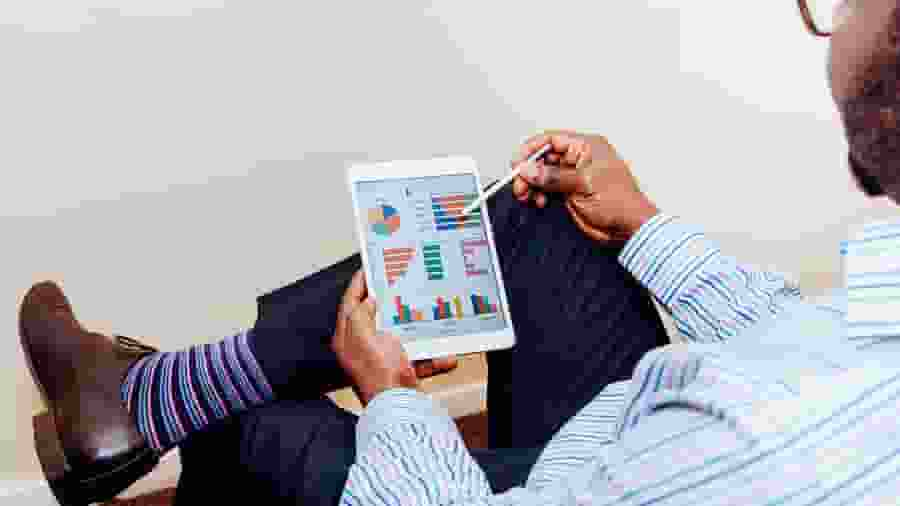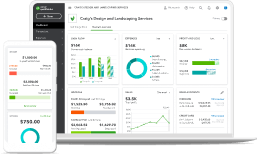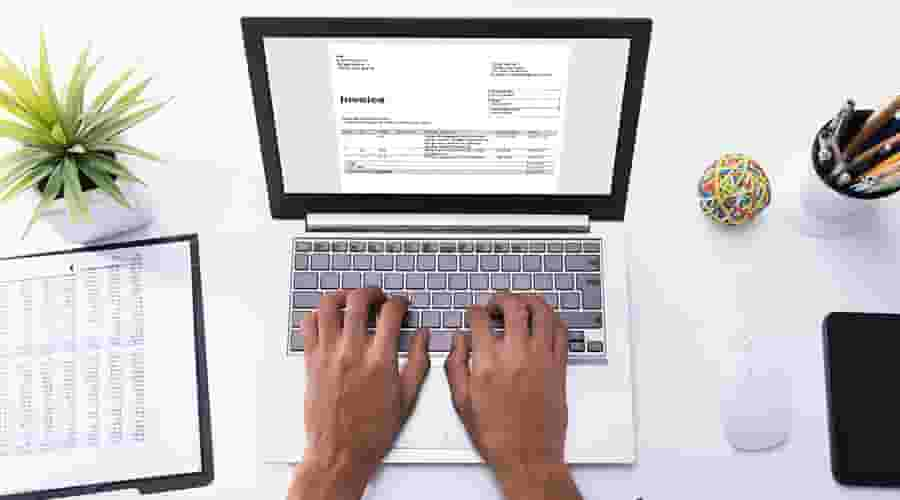Increased efficiency
E-invoices exchange data directly from machine to machine. This means that data passes through fewer hands to get from one business to another.
In addition to reducing the chances of something going wrong, as detailed above, this can also mean that e-invoices are paid more quickly. When a physical or digital invoice arrives, someone on the client’s end must turn the invoice data into a bill to be paid.
But by using an electronic format, all the client does is approve a pre-populated bill. This makes paying as easy as clicking yes on a transaction that is already set up. As proof of these benefits, some businesses that are making the shift to e-invoicing are already showing quicker payment times.
Pay-enabled e-invoicing
Electronic invoicing makes payment even easier for your clients as you can include a ‘pay now’ button that integrates with any payment app. This means that your client only needs to click the button in order to pay the invoice, making the transaction seamless.
Clients will be able to pay this invoice with their debit or credit card. This secures the transaction as there’s no need to share account details.
Greater security
Finally, electronic invoices are far more secure than sending invoices on paper or by PDF. The main reason for this is the means of transmission. E-invoices are sent directly from one accounting system to another, and as such, they are less liable to compromise than forms of communication like email.
In addition to this, electronic invoicing does not require manual intervention between the initial accounting and producing the invoice. This can significantly reduce the risk of human error or fraud.
Think of it as using email. For the invoice to work, both parties - sender and receiver - need to be signed up to a provider and connected to the internet.
As this invoicing system is still quite young, there is not yet a single global standard for e-invoices. Instead, there are a variety of providers that operate around the world. PEPPOL is the standard in several European countries, as well as in Australia and New Zealand, used by the PEPPOL network.
Other e-invoicing standards include:
- FacturaE - used in Spain
- Factur-X - used in France
- CFDI - used in Mexico
- DTE - used in Chile
- Finvoice - used in Finland
The problem with this is that it means businesses operating in different areas will need to adopt different systems to start using e-invoices. Unlike email, which is standardised to the extent that any of the main providers can send and receive messages to any other, e-invoicing is currently somewhat fragmented.
As with email, e-invoicing will not become the standard until most businesses sign up for it.
If you want to move towards a world where electronic invoices are used as standard, then it’s best to start using them as much as possible now, and encourage others to do the same.
E-invoicing is an exciting new approach to invoicing - one that offers many tangible benefits to businesses and clients.
As with everything about running a business, especially handling finances, it’s crucial that businesses get it right. Here at QuickBooks, we have resources available to help you learn what an invoice is and how to make one, and our helpful invoicing software can help make it easier than ever to keep track of your transactions and create your e-invoices.











